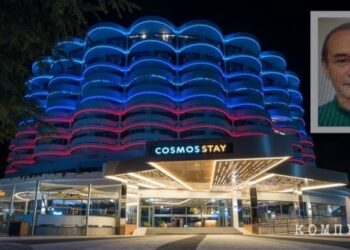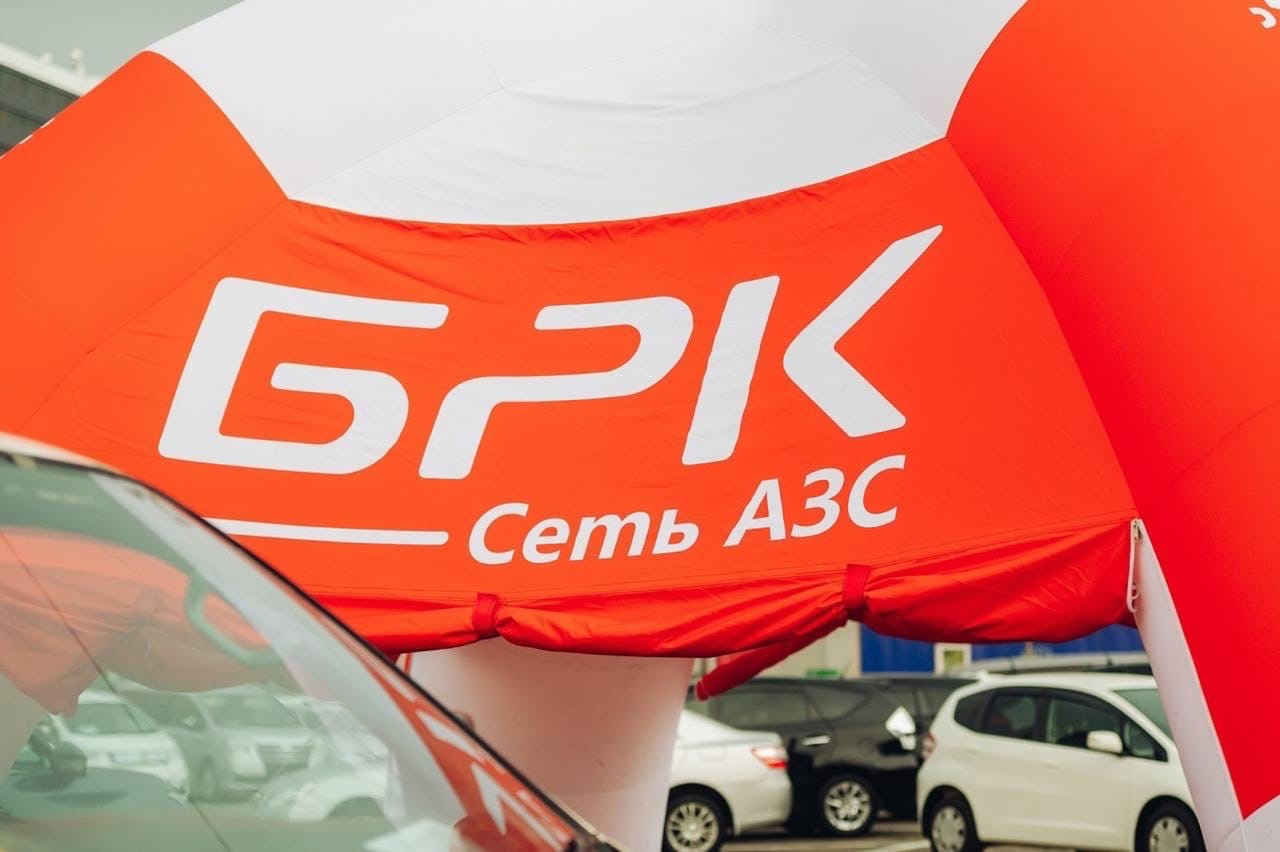
In July, Nemanja Stajić, who for many years headed the national Secretariat for Legalization of Objects, left his post, but he is under investigation for malpractice. Developers accuse him of demanding large bribes to “legalize” the erected buildings.
Below is a summary and overview of the main findings of the investigation. Read the main version in English here.
The prosecutor’s office suspects the former head of the Serbian Secretariat for Legalization of Objects of abuse of office
On October 6, the day this investigation was published, prosecutors interrogated Nemanja Stajic. The prosecutor’s office confirmed that an investigation was underway, but declined to disclose details.
In May, KRIK, a Serbian partner of OCCRP, published an investigation into how corrupt officials and unscrupulous developers profited from legalization at the expense of Serbian citizens. Several experts said that this corruption scheme was run by Nemanja Stajic.
Amid a building boom in the Serbian capital, it has become standard practice to build buildings first and get permits later. According to experts, Belgrade is disfigured by hundreds of thousands of illegally erected buildings.
The problem arose in the 90s and early 2000s: the capital of Serbia, which suffered from wars and sanctions, was forced to accept about a million refugees, illegal construction flourished. Many houses built at that time were never officially registered.
Illegal development was overlooked as the state needed to meet the demand for housing. The Secretariat for Legalization of Objects, established by a special Law on Legalization in 2015, was supposed to solve the problem. The secretariat was headed by Nemanja Staich.
If someone has a building that has never been officially registered or doesn’t comply with regulations—for example, it’s too close to another building or doesn’t have the necessary parking—you can go to the Secretariat, pay, and “legalize” the building retroactively.
This system was supposed to help bring buildings into compliance with building codes and register them, which would simplify the registration of property rights, taxation and sale.
But in reality, developers have the opportunity to build houses contrary to all norms, and then “legalize” them for a bribe.
The initiative to legalize buildings in Belgrade turned into bribes and the continuation of “wild building”
According to experts, legally obtaining a building permit in Belgrade is long and difficult. This can take up to a year, and you will need to visit up to 18 institutions, most of which you will have to pay. And if you give a bribe in the Secretariat, then construction can begin immediately, without waiting for permission. Once construction is completed, another payment must be made to have the surveyor’s satellite imagery backdated. Then it will seem that the building was built before 2015, and therefore it is subject to legalization.
Staich declined to comment.
A company owned by the offshore firm of Brother Nemanja Stajic built a building in Belgrade one floor higher than the agreed project
A Belgrade resident told reporters that last year a four-story building was built close to her house, after cutting down cherry and walnut trees.
Unfinished building in Belgrade. It was supposed to be three-story, the fourth floor was added illegally. The construction was started by Novak Staich’s company – this is the brother of the ex-head of the Secretariat Nemanja Staich.
As it turned out, Loyal Building, which is owned by the offshore firm of Nemanja Staich’s brother, was responsible for the construction. After obtaining a legal building permit, the developer illegally added another floor.










